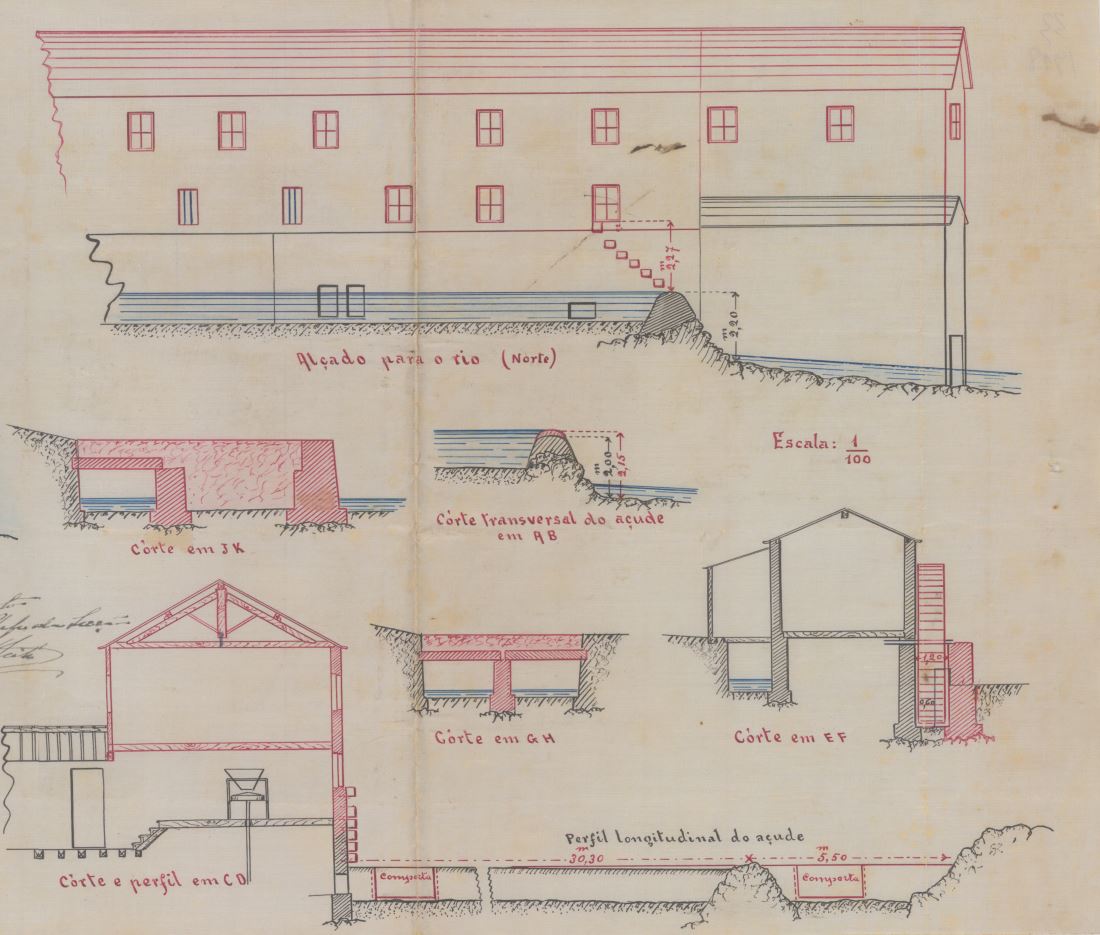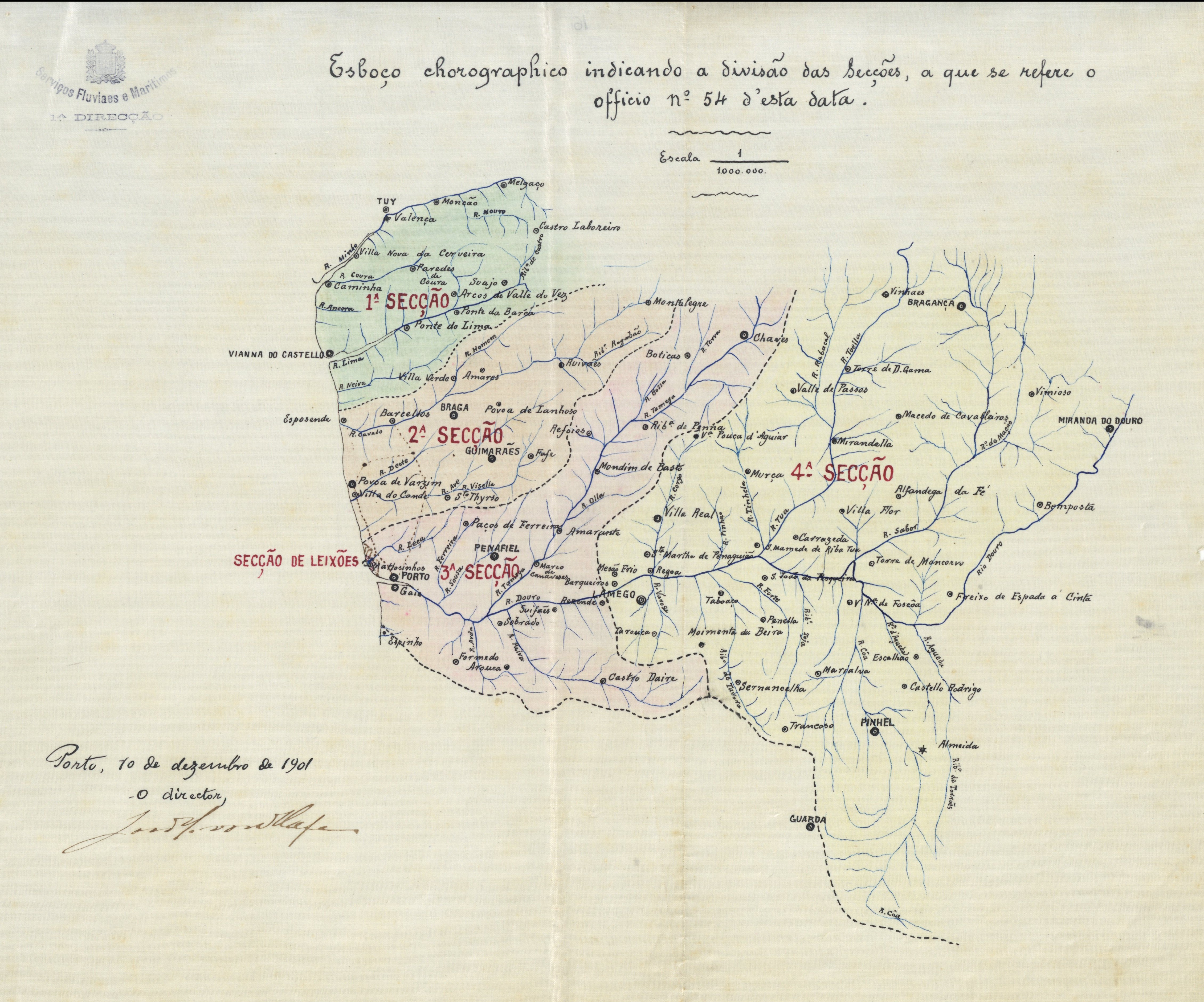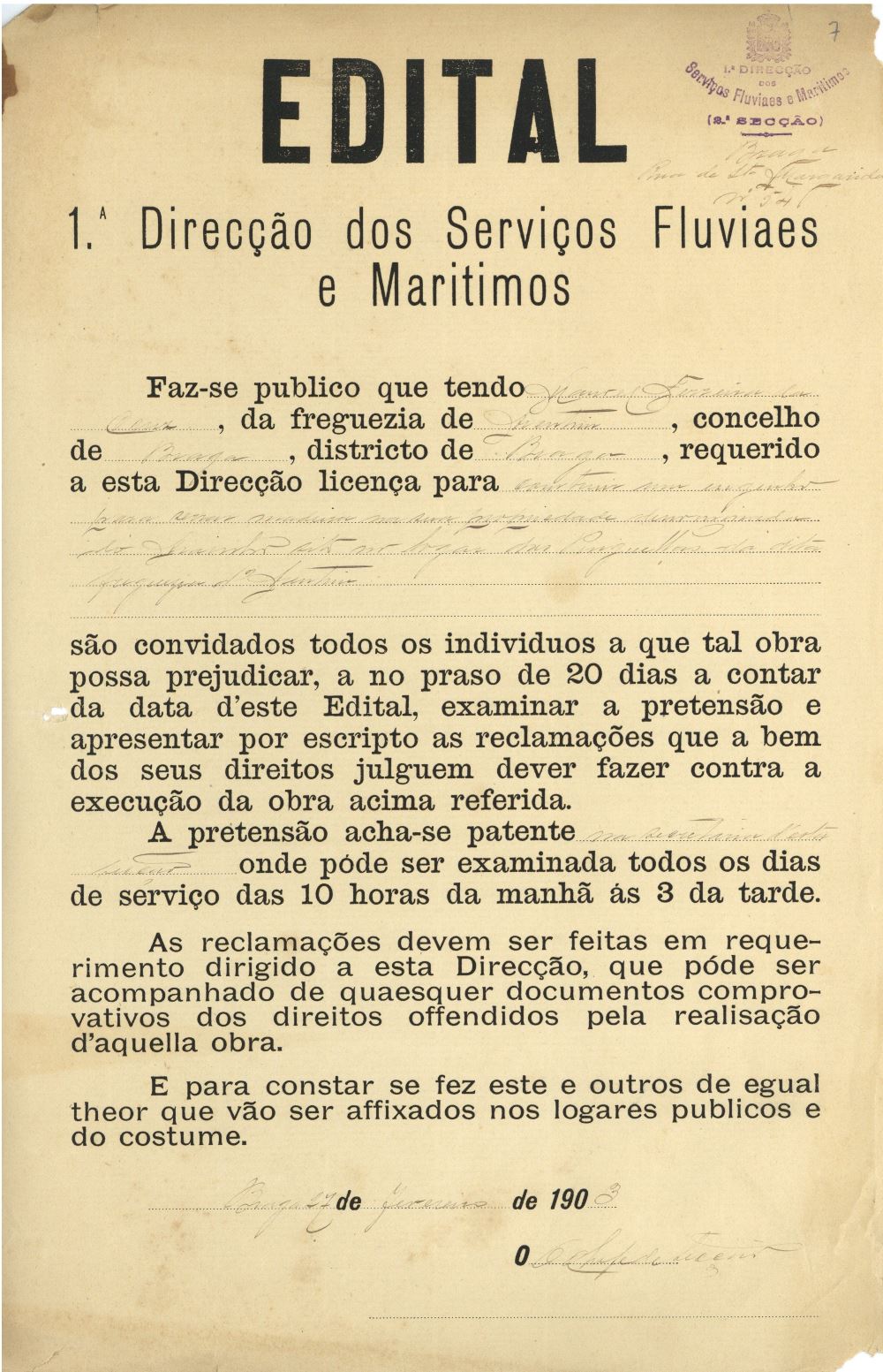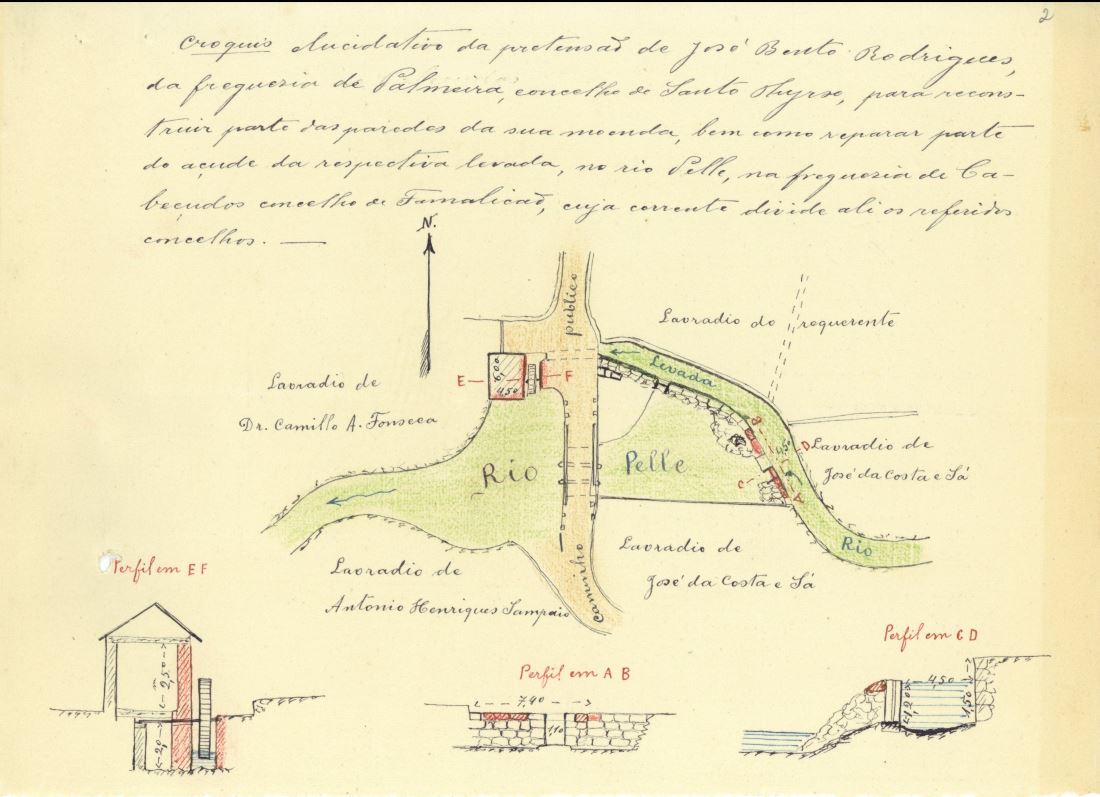The Management Archive of the Northern Hydrographic Region:
a heritage to know and value
Continuing with the ArchivAve Project and as a result of an established protocol with Casa de Sarmento, the collection of documents from the Historic Archives of the Administração da Região Hidrográfica do Norte (ARH do Norte) /Agência Portuguesa do Ambiente (APA) is currently deposited in our building headquarters, being progressively made available on the Internet. With this project, we intend to give you an insight into the wealth and variety of hydroelectric projects that have been established in the Bacia do Ave over the years, in addition to making available to the scientific community and society in general a documentary heritage of enormous value and importance .
The different types of hydroelectric plants presented, although they played a significant role in the economic regime of the Bacia do Ave region, were seconded in the work of statisticians carried out in Portugal – in particular in the Industrial Surveys -. which are largely unknown to the general public.
The analysis of the different types of hydraulic facilities in the Bacia do Ave, and the fact that most of them are still in current use in the mid-twentieth century, shows that this region has undergone a slow transition to a modern economy. We can classify the existing uses in three large groups according to their nature and economic function: those linked to the survival of a traditional economy (mills and mills, flax and saw mills, plumbing and hydraulic wheels for irrigation, and stanchions), those that are already associated with modern industry retain archaic characteristics (hydraulic wheels providing direct driving force for the drive of factories and workshops), and those that truly represent the new forms of energy used by modern industry (the hydroelectric power stations). It is interesting to note that all the industries established in the Bacia do Ave have used this type of facilities: spinning and fabric factories, leather, paper, cutlery and combs. There are also uses related to other types of industrial activities, such as mineral washes and droughts of cod, but their number is not very significant.
In addition, the ARH do Norte also includes processes relating to public laundries, interventions on the public laundries, interventions on the banks of rivers, extraction of water for various purposes (eg for a locomotive supply depot) and even the establishment of beach huts, because they all had to do with the competences that were assigned to that organism. Finally, there is an interesting set of processes related to the personnel who performed functions related to hydraulic operations, such as the corner men e os river-keepers.
adapted from Costa, Francisco da Silva e Cordeiro, José Manuel. Património documental da bacia do Ave. Guimarães: CM de Guimarães, 2ª edição, 2017.
 English
English





